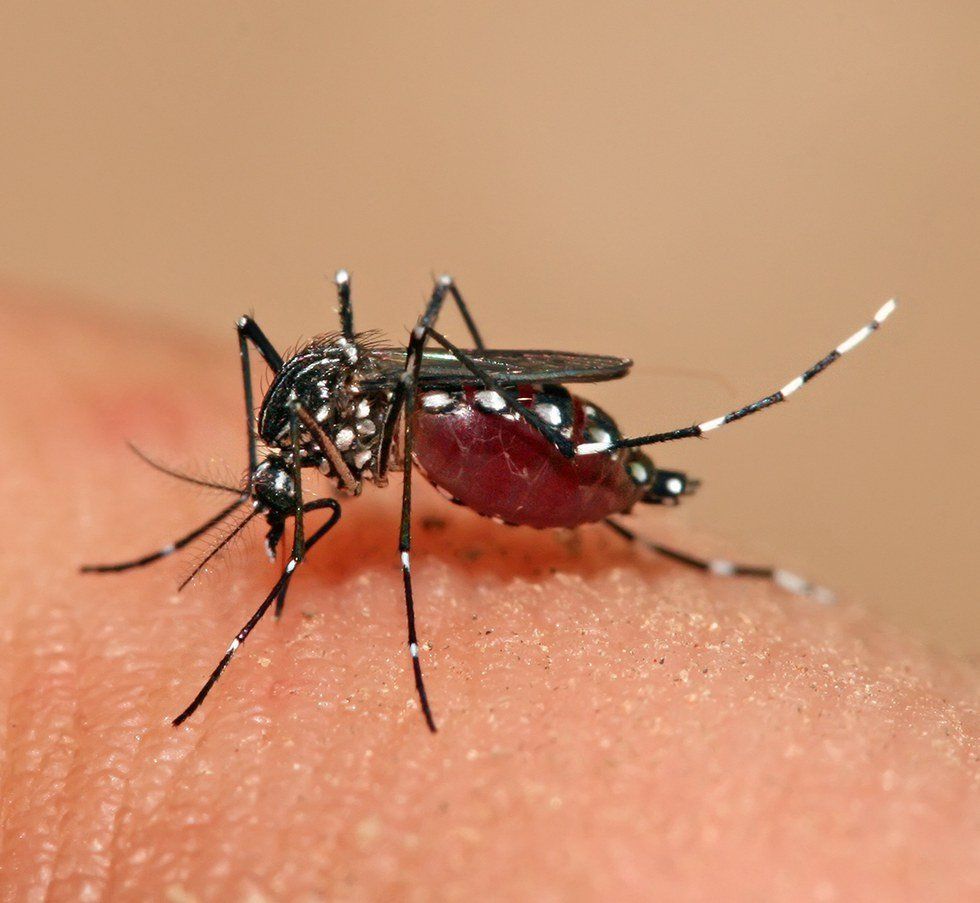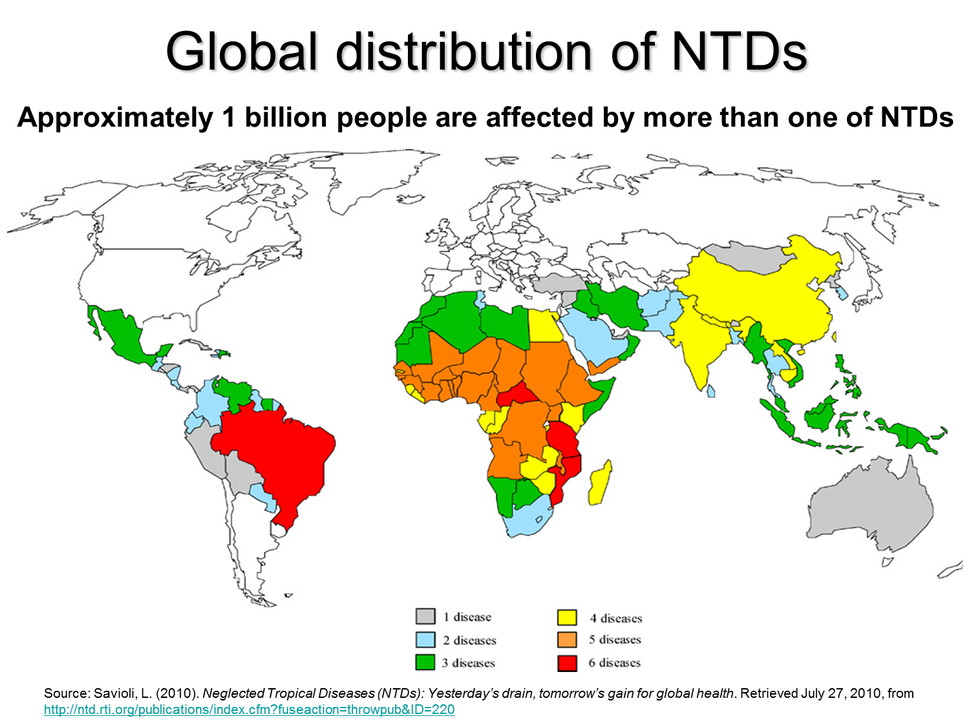We’ve made incredible leaps and bounds in the world of medicine, in a relatively short amount of time. In only a hundred years and a little bit more, we’ve managed to drastically lower the amount of diseases the average person faces in their lifetime, and have actually managed to eradicate a few. Smallpox, which used to be one of the greatest killers of humans on the planet, is now nothing more than a distant memory (the tiny amounts preserved in secret laboratories somewhere notwithstanding, of course).
Other great plagues have been reduced to shadows of their
former selves, only killing a miniscule amount of the people they used to every
year. Diphtheria, whooping cough, measles, and polio cases have all been
reduced by at least 50% in only the last few decades by vaccines alone.
We’re far from done with our crusade against disease,
unfortunately. There are a myriad of other diseases we don’t have vaccines for,
and these are the ones that destroy entire communities, and which we are as yet
unable to deal with. The majority of these are tropical diseases, and largely
affect impoverished communities in the southern hemisphere: Africa and South
America are particularly susceptible.
These diseases are called Neglected Tropical Diseases by the
World Health Organization. They are estimated to thrive in the conditions in
149 countries, more than half the nations in the world, and affect more than
one billion people worldwide.
Dengue fever is one of the worst of these diseases. It’s a horrible
disease, and one of the most widespread in the world. Every year, it infects
between 50 and 500 million people, and between 10,000 and 20,000 of those
people die.
Engineering a vaccine for dengue fever has long eluded science, mostly because of the fact that dengue fever has four distinct and equally dangerous strains. Old attempts at vaccination have failed to make people immune to more than one strain of the disease, and some even made the patients more susceptible to other strains rather than the other way around, which is basically the opposite of what you want out of a vaccine.
Thankfully a research team has been hard at work developing a workaround to this problem, and recently they may have found one. They have created a “precisely molded nanoparticle”, which, while it focuses on a specific strain of the disease, they believe will form the groundwork for a vaccine that successfully immunizes people against all forms of dengue fever.
The vaccine hasn’t been tested on actual humans yet, of
course- only on thirty-one mice, and only for a short period of time so far.
But all of the results thus far have been positive, and this project as the
potential to bring a lot of relief to literally millions of people, around the
world.






















